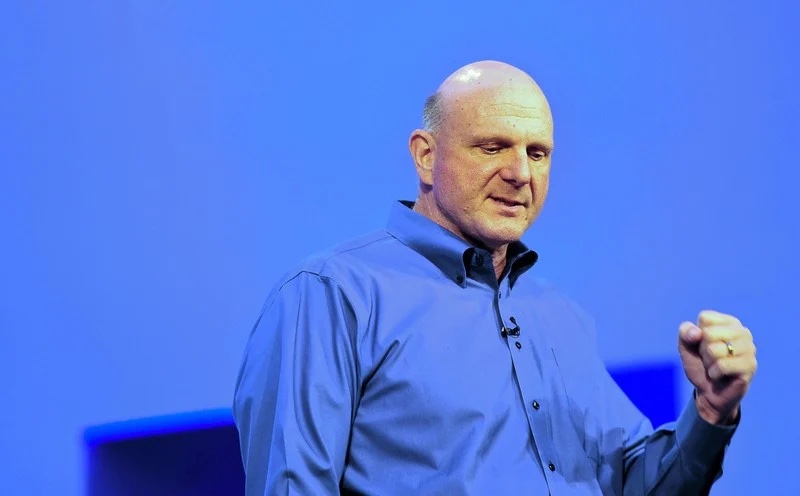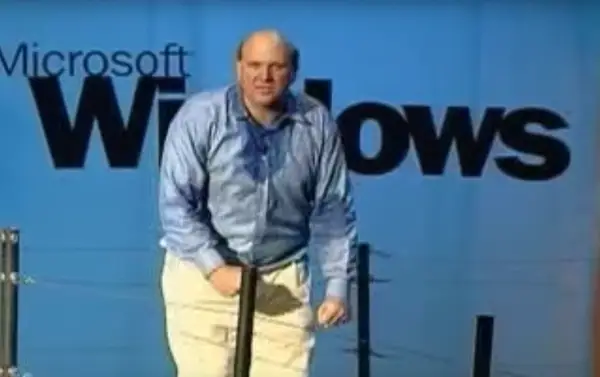Developers Own the Future of Video
Published on May 2, 2024
6 min read

I am thrilled to introduce Editframe to the world.
How it Started
It all started with music–listening, producing, building and discussing the process of it all. Previously, I was building clever and intuitive SaaS tools for musicians at my last company. The goal of my early projects was to help musicians share music with their fans. I wanted to make music easier and more accessible for our users, both fans and musicians.
While building my first SaaS tools, it became clear when talking to our end users–primarily musicians, podcasters, their managers, and record labels–that there was the need for video content. I knew that creators couldn’t reach their full audience without video. Creators devote hundreds of hours on albums or single releases, and need easy-to-produce video content to share this music on TikTok, Instagram, Twitter, and YouTube. This has become an increasing and ever growing trend. Creators can’t reach their full audience without video. Video has become the vehicle to reach music fans across all platforms.
Before Editframe, in order to make a video, musicians had the following options:
- Delegate: Ask their label, manager, or friend with a MacBook and iMovie;
- Outsource: Pay thousands of dollars out-of-pocket or ask an unknown person for a generic video on Fiverr; Do it yourself: Use one of a very few (and not so easy) tools on the web–Adobe Spark, Canva, or a random out-of-date software that has few options and even fewer resources;
- Learn: Spend hundreds of hours and dollars on learning After Effects / Adobe Suite or some other desktop tool; or
- Thumb: Use existing iOS and Android applications to produce below average video content that should probably stay in drafts by using your thumbs on a shitty app.
All of these examples were…extremely limiting for musicians. Historically, musicians have been early adopters and users of technology. Think about the technical requirements of producing music and the impact musicians had on websites like Myspace. This made me realize that there was a massive bottleneck somewhere in the value chain if early adopters were having so much trouble with video. It was clear that most video tools had been focused on the wrong end user, and what musicians needed had yet to be discovered. Video Beyond Music
Video Beyond Music
It didn’t take long before I realized that other industries were in need of easy-to-use video. Over time, with experimentation, tinkering, failing and succeeding, I continued to see these problems across other verticals and use cases. While music may have inspired me to start building tools, I noticed how critical video creation tools could be to almost every other industry.
For example, sales teams should be generating videos for their leads. eCom shoppers should see custom video content during their purchase experience. eCom sellers should create custom videos for each SKU. Publishers should be autogenerating their content into video. The messaging from companies to consumers should be custom, targeted and local video. Video can change these industries forever.
Communication between individuals, communities, and products should move fully to video in social, p2p, b2c, and b2b. Everyone should have the tools to create and share video on their desired platforms and not be stuck with iMovie, an Upworker, or an Instagram native editor.
Editframe is Born
And so this is where we landed: bringing modern scalable video creation and editing technology to every developer and facilitating that process as quickly as humanly possible.

Developers, (clap) developers, (clap) developers, (clap) developers, (clap) developers… — Steve Balmer
We believe that developers need to own the future of video. Developers shouldn't have to labor and reinvent the wheel to make video central to the products that serve users. Could you imagine if providers of modern payments infrastructure or telephony didn’t exist like Stripe or Twilio? By putting the means of dead-simple, instantaneous, video production in the hands of developers, Editframe will enable a wider and more diverse universe of internet users to easily produce videos. Developers will build the layers needed to enable video creation for musicians, sales people, marketers, my parents, your parents, and everyone in between.
The issue is that developers today lack modern tools for video creation. Video creation has ultimately been unchanged for most end users of video products for years. Many video products that should exist don't, or are simply too difficult to build. As a result, most developers give up or get bored. Developers are relying on legacy technology and complexity around bulky infrastructure. There is no “lean” or “scrappy” way of building video experiences at scale without existing domain knowledge. What's worse, is that good developers are spending time doing duplicative work by building custom video infrastructure that should be provided in just a few lines of code.
Video should be enabling, not as encumbering as it is now. Ideas should not get stuck because someone had to spend months tinkering with FFmpeg, or stumbling through trial and error onto the correct parameters to get something to work. Scaling big new ideas to the masses is a challenge in and of itself. In order to increase the number of ideas that are born and survive beyond a developer’s local machine, I need to create constraints and make things simple. Simplicity is key. No one would play a guitar if Fender sent you a box of wood and string with missing instructions, leaving you to just “figure it out.”
The world today has settled on complex tools that are point and click (think Adobe) and slightly less complex (think Canva). In 2022 and beyond, there should be thousands of expressions of video creation on the web. Just like there are thousands of ways to enact commerce, and millions of different websites.
That is why I am building Editframe. Just like Stripe enabled payments on the web, Twilio enabled telephony and SMS, Editframe is enabling video creation for the web. Constraints lead to creativity. If we can enable developers to build software faster and easier while having more fun, then we will enter a world of limitless ideas using video. Developers will own the future of video and will build the experiences and solutions for every use case imaginable today and tomorrow.
